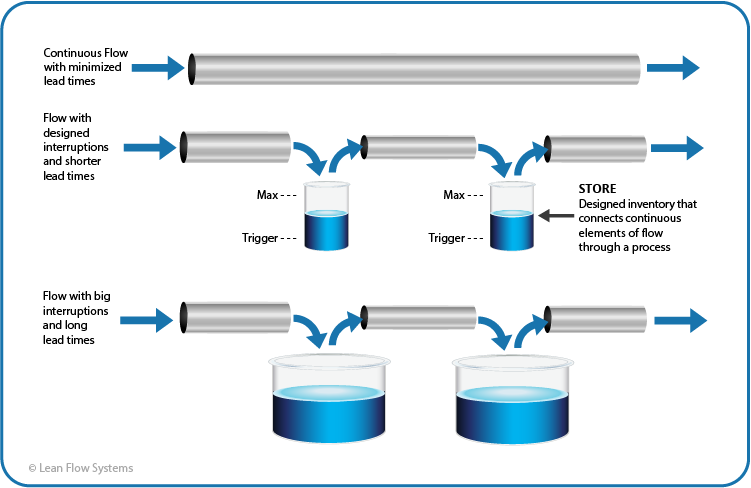Home » System
SYSTEM DESIGN

Holistic Approach
LFS’s holistic approach ensures world class solutions are built that optimize the entire business:
- Strategy: Solutions improve all areas of the business, achieving world class results in Safety, Time, Cost and Quality.
- Suppliers: We work with your network of suppliers to drive low cost, high speed delivery.
- Processes: Processes are linked together and waste eliminated to drive fast, efficient flow of products and services.
- Distribution: Replenishment systems are designed to optimize capacity and inventory, minimize distribution costs and provide customers with rapid, flexible delivery performance.
- Market: Customer expectations are well understood and the operating system is built to exceed expectations in selection, price and lead time.
System Design Tools
System Design is the skill set needed to develop a world class operations blueprint. There are five major tools:
- Voice of the Customer – Understanding customers to craft products and services that meet their needs and accelerate business growth.
- Flow Simplification – Creating efficient, continuous flow is a building block of high speed, resilient operations.
- Value Stream Analysis – Deep dive analysis of your products, material flows and information flows reveals opportunities to make best in class processes.
- Supply Chain – Development of a unified delivery system will make your operation unassailable.
- Shikumi Diagram – We bring design expertise only found at the highest levels of lean excellence.
Voice of the Customer

Providing Extreme Value
It is extremely challenging to translate your customer feedback into solid, objective goals, metrics and strategies. They can be notoriously vague and emotional about how they feel. For instance:
- They may be specific – “I need delivery within 3 days”
- They may be ambiguous – “Deliver faster”
- They may be conflicting
- Customer 1 – “I can’t wait more than one day for the product.”
- Customer 2 – “If I get it within seven to ten days I’m good.”
The VOC process builds depth and breadth into the main headings of Safety, Quality, Time, Cost and Price. As a result, subjective and conflicting feedback is converted into clear product/service needs and process metrics. Product and service offerings can then be objectively assessed. In fact, VOC is also effective for internal customers, such as customer-supplier pairs within departments of an operating location.
We start with interviews of your key VOC sources, summarize their input and develop affinity groups. Next, Critical Customer Requirements are synthesized from the Affinity Groups and plotted in a Kano Model to create an easily communicated visual for assessing your current offerings. Last, output metrics are developed to measure the results from testing changes/improvements in product and service offerings.
Flow Simplification

Speed Merchant
Everyone wants everything fast today. Products and services that continuously flow through your business achieve the speed needed to beat the competition to the punch.
Water flowing through a network of pipes is a good way to think about your product and information flows. Current state flows typically have big interruptions throughout the process where inventory and backlog build up – as shown at the bottom of the figure. As a result, lead times are long and highly variable, making it difficult to predict when a customer will get their product/service. Consequently, a heavy burden is placed on your team to constantly adjust schedules and plans.
The first goal is to create flow with designed interruptions such as inventory stores, queues and staging areas. These countermeasures provide design and stability to the business, as illustrated by the middle flow in the figure. From this state of relative stability, it may be possible to remove some of the designed inventories as processes are improved. This results in a more continuous flow that drives superior quality, lower costs and faster delivery.
Value Stream Analysis

Due Diligence
Your business is complicated. Value Steam Analysis breaks it down into the key components necessary to see the critical issues and develop lean system solutions. There are four main tools for completing the current state assessment and crafting a world-class target design:
- Logical Flow – A visual tool that is focused on the movement of products and information regardless of work location. It documents distinct product and service flow paths and exposes the complexity of flow path interactions.
- Product Proliferation – Links the logical flow to the products and services processed by those flows, illustrating where they split off and converge. A powerful tool for designing inventory and as an input to design for manufacturability.
- Physical Flow – A visual mapping of your products and services across the physical layout of your business.
- Value Stream Map – Focuses on process steps and information: sequencing/scheduling, process capability, flow time and inventory. We develop the Target State to simplify scheduling and make it more visual to the whole team. We also design strategic inventory levels and locations to control flow time and allow your people to work uninterrupted.
Supply Chain

The Modern Business Concern
An integrated, world-class operating system that delivers your offerings seamlessly across all of your markets is the ultimate vision. But there are many challenges and complexities to successfully linking service and manufacturing operations to the delivery network. Supply Chain Design extends the System Design building blocks of VOC, Flow Simplification and Value Stream Analysis across your entire delivery enterprise.
Shikumi Diagram

World Class Lean
Shikumi is a Japanese word that means, roughly, “Blue Print – Machine”. It is the ultimate blueprint for building a great operations system. All material and information flows are documented in great detail. Much like a building blueprint, there are multiple levels of Shikumi Diagrams: a high-level diagram and sub-diagrams showing greater detail.